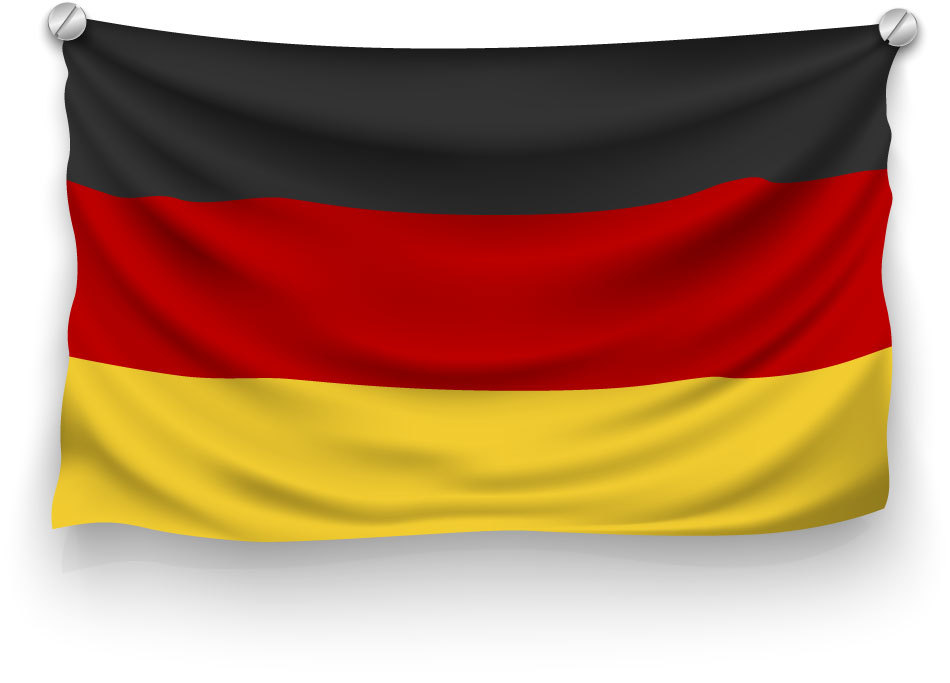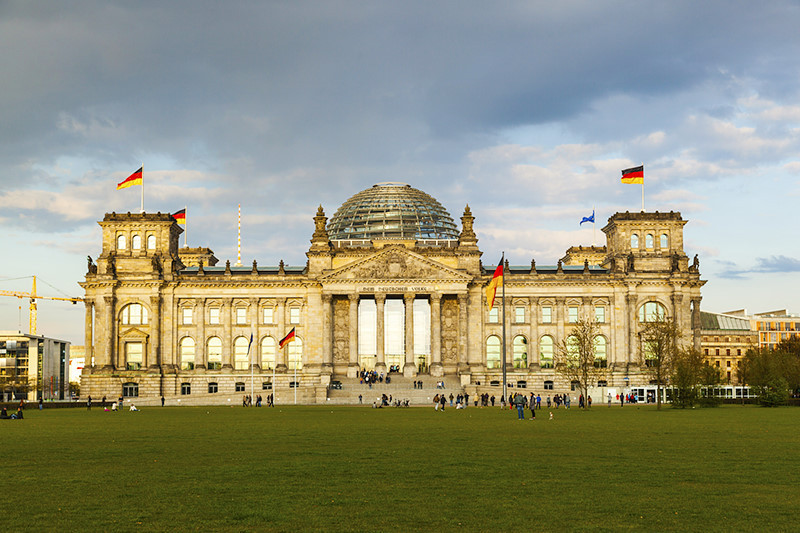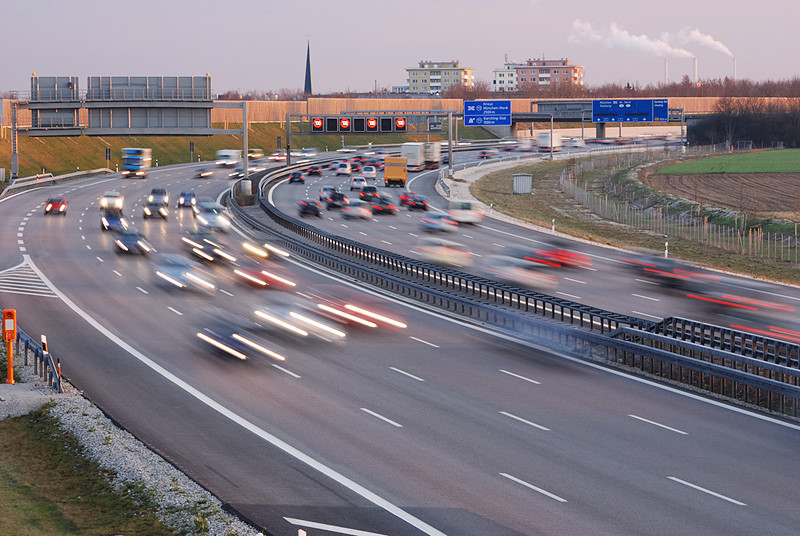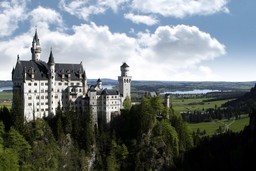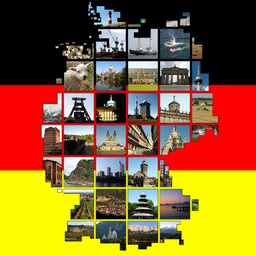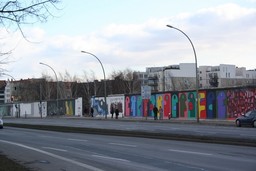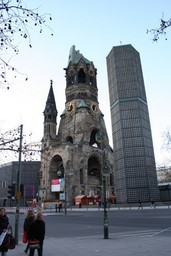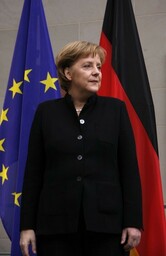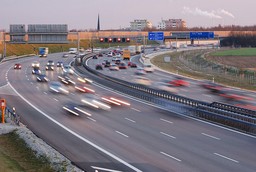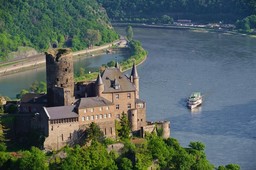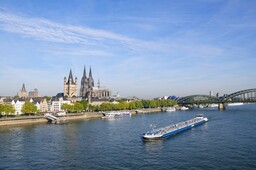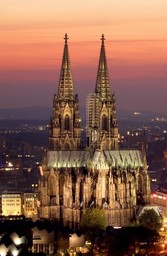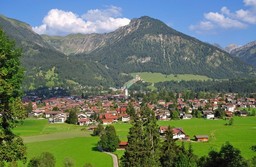12. Germany
Germany
Germany
Germany is one of the most economically and culturally significant European nations. It is inhabited by almost 80 million people.
The nation spreads from the Alps in the south to the coasts of the North Sea and the Baltic Sea in the north. From north to south, the nation is approximately 800 kilometers long. This makes Germany a relatively large nation. The two largest German rivers, Elbe and Rhine, flow towards the North Sea .
The northern parts of Germany consist of flat lowland regions. These areas are well suited for agriculture. The southern parts of the nation are characterized by highland, whereas the southernmost parts of Germany are located in the mountain range of the Alps.
Germany shares its borders with many other European nations. Moving counterclockwise from the north, these nations are Denmark, the Netherlands, Belgium, Luxemburg, France, Switzerland, Austria, the Czech Republic and Poland.
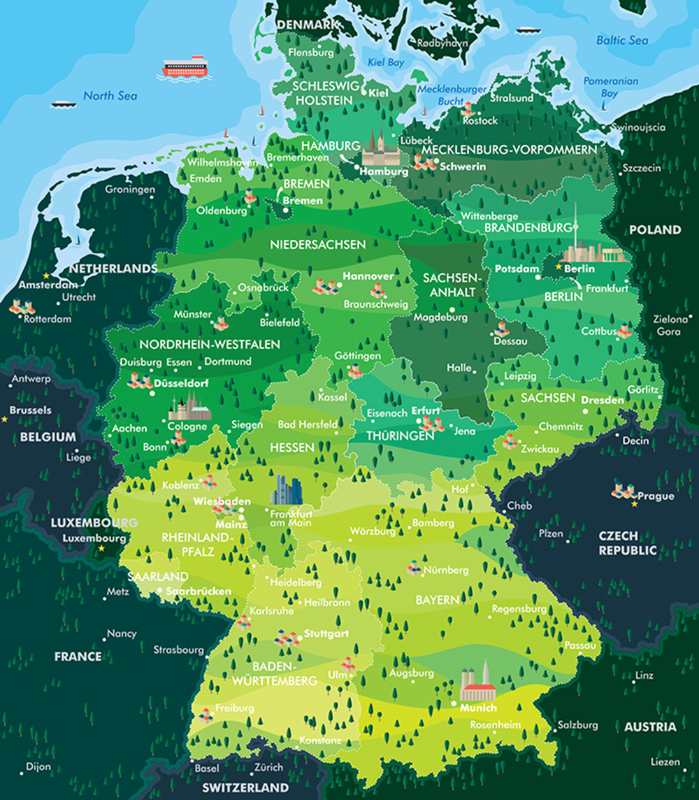 A map of Germany.
A map of Germany.
The nation spreads from the Alps in the south to the coasts of the North Sea and the Baltic Sea in the north. From north to south, the nation is approximately 800 kilometers long. This makes Germany a relatively large nation. The two largest German rivers, Elbe and Rhine, flow towards the North Sea .
The northern parts of Germany consist of flat lowland regions. These areas are well suited for agriculture. The southern parts of the nation are characterized by highland, whereas the southernmost parts of Germany are located in the mountain range of the Alps.
Germany shares its borders with many other European nations. Moving counterclockwise from the north, these nations are Denmark, the Netherlands, Belgium, Luxemburg, France, Switzerland, Austria, the Czech Republic and Poland.
 A map of Germany.
A map of Germany.Germany is a nation of large cities
Germany is a federal republic. This means that it consists of smaller, partially autonomous states that are controlled by a federal government.
Berlin is capital city of Germany. The capital city of a nation is where its govermental offices are located. In Berlin, these include the Reichstag building (pictured on the right), where the nation's parliament meets to make important decisions.
Berlin is a beautiful city and a popular tourist destination. It is home to a large number of beautiful historical buildings and churces, as well as world-famous museums.
Most of the other important German cities are located to the south of Berlin. These include the economic center of the nation, Frankfurt am Main, as well as the important industrial city of München.
Berlin is capital city of Germany. The capital city of a nation is where its govermental offices are located. In Berlin, these include the Reichstag building (pictured on the right), where the nation's parliament meets to make important decisions.
Berlin is a beautiful city and a popular tourist destination. It is home to a large number of beautiful historical buildings and churces, as well as world-famous museums.
Most of the other important German cities are located to the south of Berlin. These include the economic center of the nation, Frankfurt am Main, as well as the important industrial city of München.
Why is Germany such a significant industrial power?
Industry, such as the manufacture of cars and pharmaceuticals, requires many kinds of different things. These include plenty of raw materials, good infrastructure and transport routes and a skilled workforce.
Germany is rich in many kinds of natural resources, especially in coal and iron ore. These materials are used in the metal industry. Because of this, Germany has become one of the most significant producers of cars and machinery. You may already be familiar with many German car manufacturers, such as Audi, BMW, Mercedes-Benz, Opel and Volkswagen.
The German infrastructure is also suitable for large-scale industry. Large amounts of goods and raw materials are transported through the nation's large rivers and highways. It is possible to travel through Germany by boat, from the North Sea to the Black Sea. This is made possible by the Rhein and Danube rivers, as well as by the canal that has been constructed between them.
Germany is rich in many kinds of natural resources, especially in coal and iron ore. These materials are used in the metal industry. Because of this, Germany has become one of the most significant producers of cars and machinery. You may already be familiar with many German car manufacturers, such as Audi, BMW, Mercedes-Benz, Opel and Volkswagen.
The German infrastructure is also suitable for large-scale industry. Large amounts of goods and raw materials are transported through the nation's large rivers and highways. It is possible to travel through Germany by boat, from the North Sea to the Black Sea. This is made possible by the Rhein and Danube rivers, as well as by the canal that has been constructed between them.
Photographs from Germany
Terminology
| Term | Explanation |
|---|---|
| nation | A region that has borders, its own legislation and its own rulers. |
| industry | A process where natural resources are refined into goods and products. |
